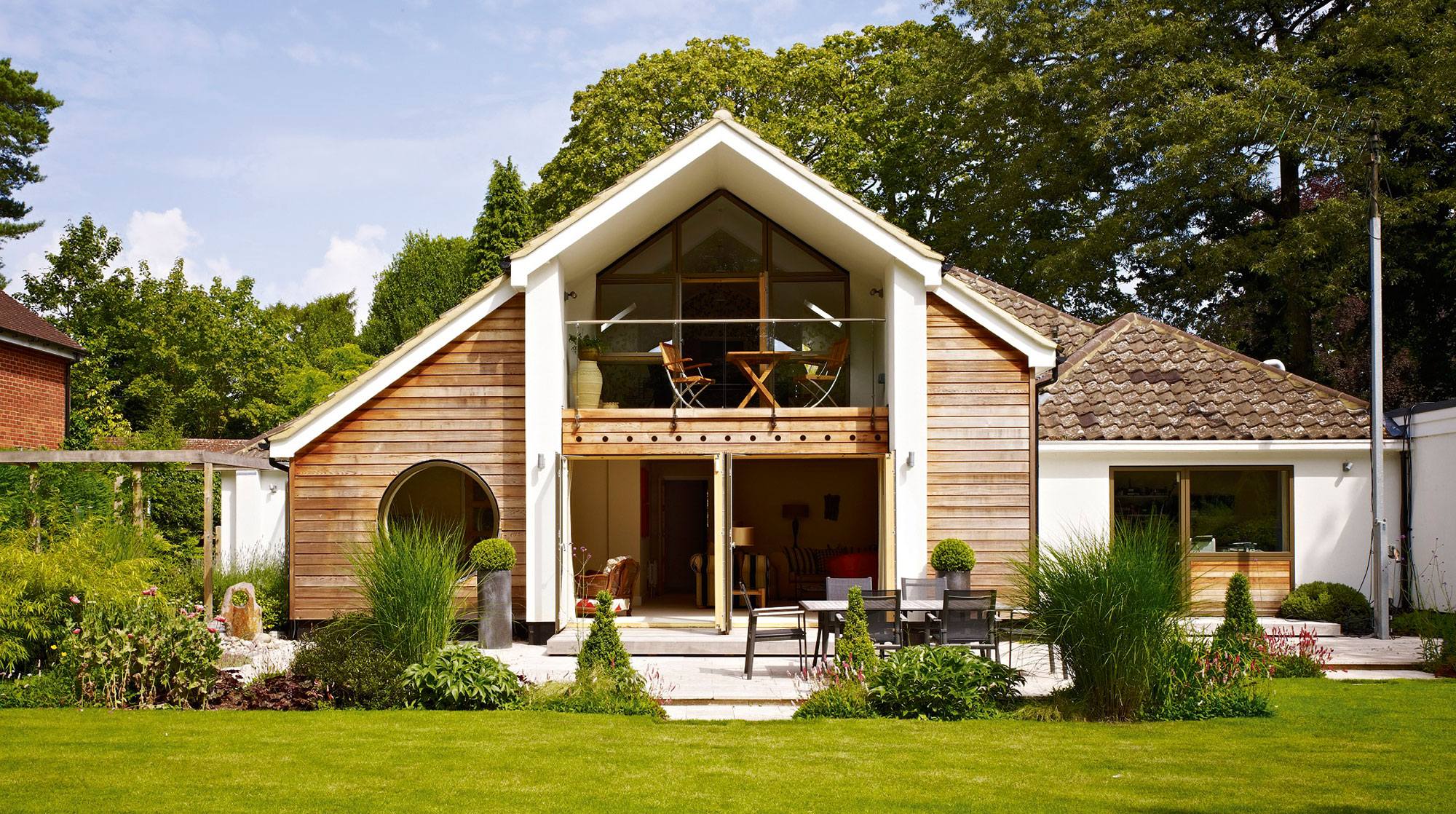According to the Energy Saving Trust, around 2 million windows are installed every year in the UK, both in new builds and as replacements in existing buildings. Yet most of these only meet the minimum legal standard for energy efficiency, leaving plenty of room for improvement.
Single glazing is out of the question now, except for certain historic buildings, but did you know that many types of double glazing no longer make the grade?
A careful choice is required, particularly if, for a new build, you wish to attain a high rating against the Code for Sustainable Homes: windows can affect your rating in several areas, including materials and processes used, sound reduction, security and natural daylight.
Specifying windows
There are plenty of advantages to investing in highly efficient fenestration, from creating a comfortable internal environment to cutting your energy bills.
“An airtight arrangement also offers improved acoustic insulation,” says Ryan Breslin, managing director at Cherwell. However, there can be a lot of jargon to get your head around when you first start hunting for suitable products.
U-values
U-values are the measure used to describe a window’s thermal performance.
“This figure indicates the amount of warmth allowed to escape through a window – in other words, heat loss,” says Donna Muir, direct sales manager at Velfac. “When assessing a unit’s ability to retain warmth, the lower the number the better.”
If you’re building a new home, the Building Regulations stipulate the U-value for whole windows and doors (frame and glazing) should be no higher than 1.8 W/m2K. If you’re replacing the fenestration as part of a renovation, the required figure is 1.6 W/m2K.

Clad in aluminium on the outside and pine on the inside, these made-to-measure composite windows were supplied by Velfac
It’s important to bear in mind that this measure of thermal performance can be divided into two categories.
The Ug-value refers to the glazed centre pane, while the Uw-value looks at the energy efficiency of the whole unit, including the frame.
The latter is the figure you should be focusing on, as it’s possible to get high-quality glazing installed within a leaky frame. Therefore, it’s vital that you ascertain which one your supplier is using and ask them for the Uw-value to be sure about the performance.
According to the website Greenspec.co.uk, single glazing might typically have a value of 5.0 W/m2K and conventional double glazing 3.0 W/m2K.
Browse our directory for more windows & glazing options
The post Energy Efficient Windows appeared first on Build It.
Article reference Energy Efficient Windows
No comments:
Post a Comment